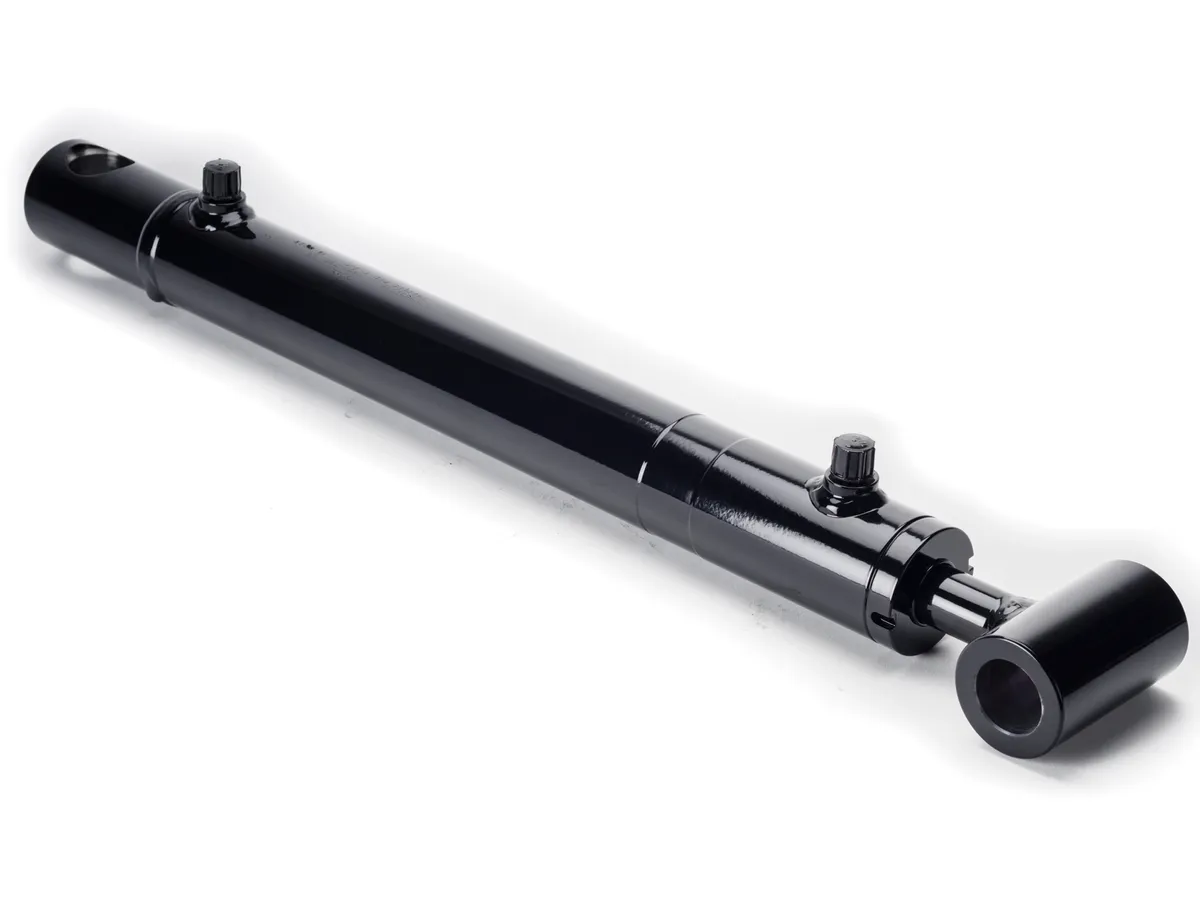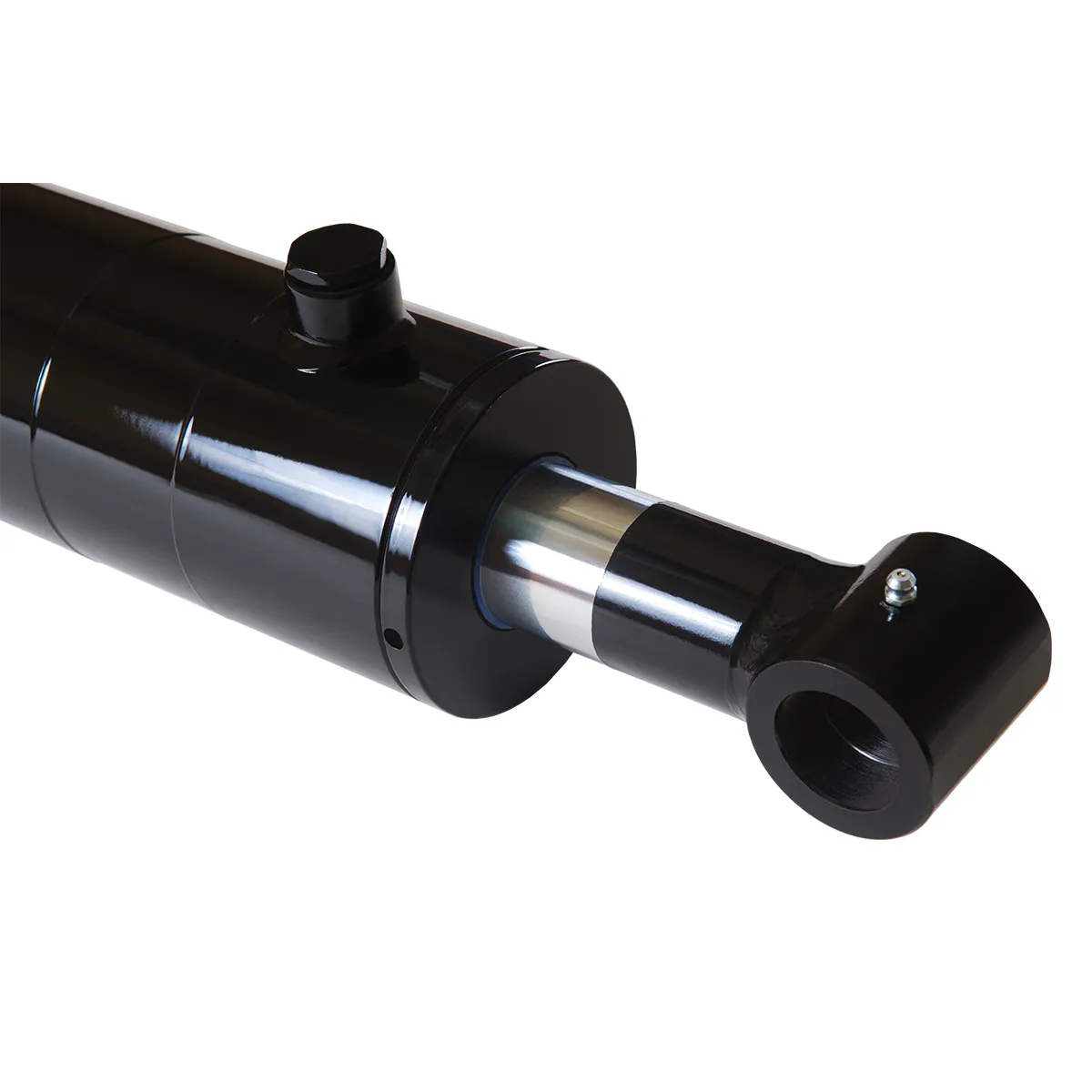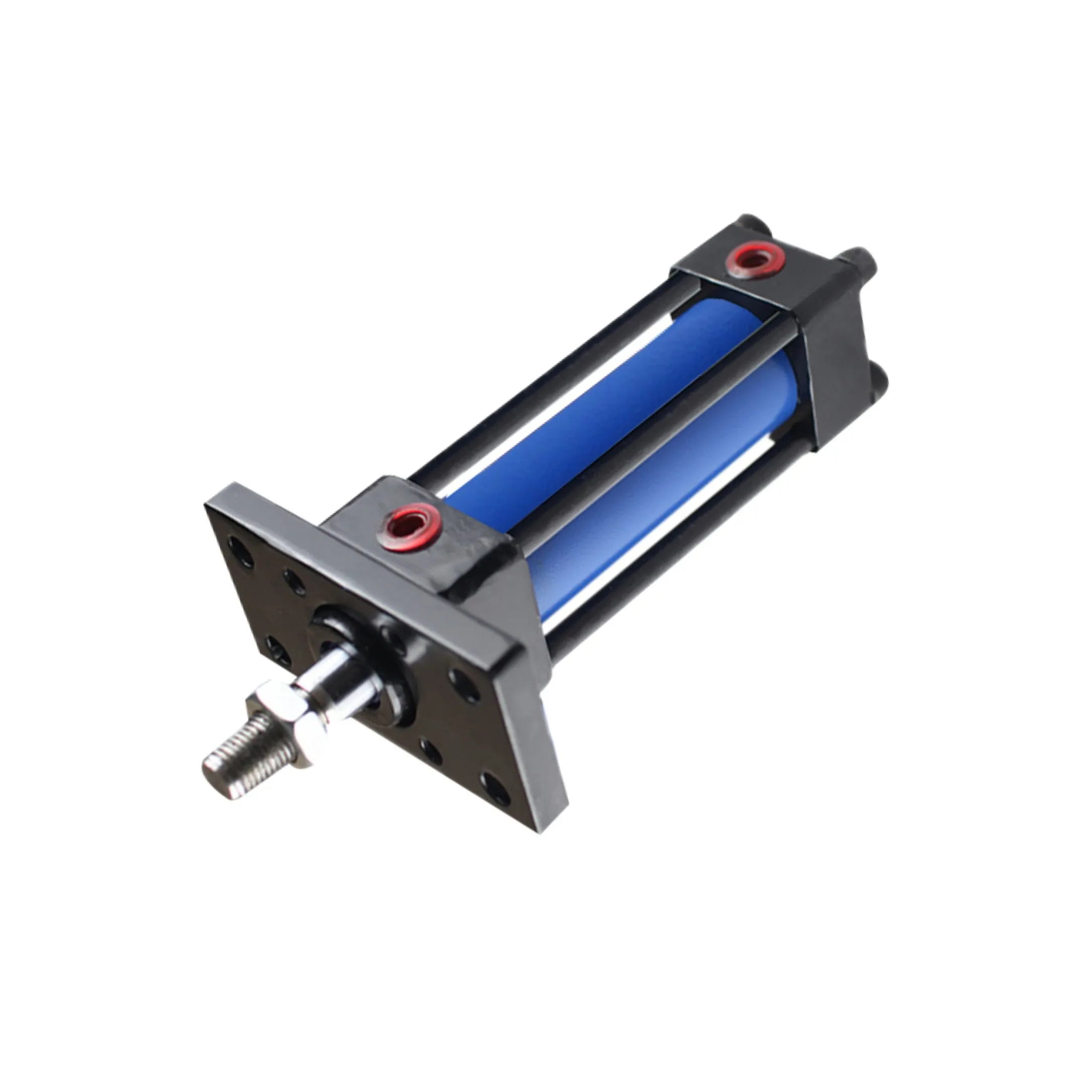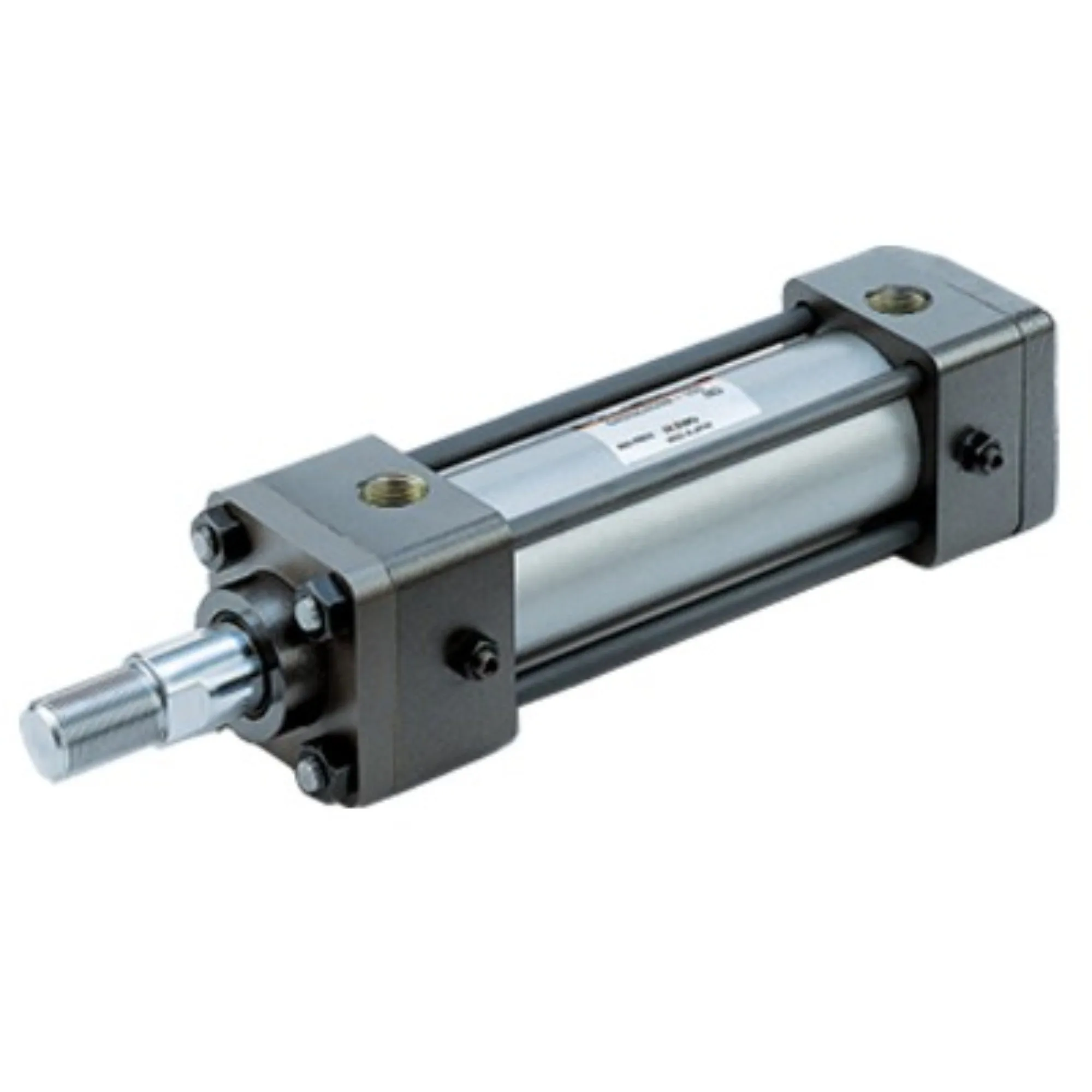Unlocking the Potential: A Comprehensive Guide to Locking Single-Acting Hydraulic Cylinders for Tensioning Applications

Introduction
Locking single-acting hydraulic cylinders are a crucial component in various industrial applications, especially in tensioning operations. This article delves into the key features, working principles, types, benefits, applications, design considerations, maintenance, safety measures, fault diagnosis, unit power, optimization, and common questions related to locking single-acting hydraulic cylinders for tensioning applications.
Key Features
Locking Mechanism – Safety
The primary feature of a locking single-acting hydraulic cylinder is its safety mechanism, ensuring that the piston remains securely in place even in the absence of hydraulic pressure. This prevents accidental retractions and enhances operator safety.
Variety
Locking mechanisms can be customized to suit specific needs, including spring-loaded devices, pin locks, or other mechanical locks. This versatility allows for tailored solutions in various applications.
Compact Structure – Space Optimization
Designed to be compact, locking single-acting hydraulic cylinders optimize space utilization, making them ideal for equipment with limited space requirements.
Precision Manufacturing – High-Precision Machining
Strict quality control measures ensure precision machining of components to guarantee optimal fit, sealing performance, and prevent leakage.
Assembly Process

Specialized assembly by professional technicians ensures correct installation and calibration of components. Pressure testing post-assembly confirms performance and tightness.
Working Principle
Locking single-acting hydraulic cylinders operate by utilizing a locking mechanism to prevent piston retraction under load. This ensures stability and safety even in the event of hydraulic pressure loss.
Types and Configurations
There are three main types of locking mechanisms – mechanical, hydraulic, and customized options. Each configuration offers unique advantages tailored to specific application requirements.
Benefits
Enhanced Security
Locking mechanisms significantly reduce the risk of accidents and improve operator safety during tensioning operations.
Reliability
Designed to perform consistently under high loads and diverse environmental conditions, ensuring reliable operation.
Simplicity
Easy to operate and maintain, making them user-friendly and efficient for various industrial applications.
Applications
Locking single-acting hydraulic cylinders are commonly used in construction equipment, manufacturing processes, transportation systems, and aviation applications to ensure stability and safety during operations.
Design Considerations

When selecting a locking single-acting hydraulic cylinder, factors such as bearing capacity, sealing, durability, safety, and maintainability should be carefully evaluated to ensure optimal performance in tensioning applications.
Sealing and Lubrication
Proper sealing using high-quality materials and regular lubrication maintenance are essential to prevent wear and ensure smooth operation of locking single-acting hydraulic cylinders.
Preventive Maintenance
Regular inspection and preventive maintenance measures are crucial to prolong the lifespan and efficiency of locking single-acting hydraulic cylinders in tensioning applications.
Installation Guide
Follow the correct installation procedures to ensure proper alignment and operation of locking single-acting hydraulic cylinders. Attention to detail during installation can prevent future issues and ensure optimal performance.
Maintenance Tasks
Regular inspection, lubrication, seal replacement, and calibration checks are key maintenance tasks to uphold the reliability and efficiency of locking single-acting hydraulic cylinders. Proper maintenance enhances longevity and performance.
Safety Considerations
Implementing safety measures and considering environmental factors are essential when using locking single-acting hydraulic cylinders to prevent accidents and ensure a safe working environment.
Unit Power
The unit power of a locking single-acting hydraulic cylinder is influenced by factors such as cylinder diameter, stroke, operating pressure, piston speed, and load conditions. Understanding these parameters is crucial for optimizing performance in tensioning applications.
Optimization
Optimizing the power unit of locking single-acting hydraulic cylinders can result in improved efficiency, energy savings, and enhanced reliability, benefiting various industrial processes requiring tensioning operations.
Common Questions
How does the locking mechanism in a single-acting hydraulic cylinder work?
The locking mechanism prevents piston retraction under load, ensuring stability and safety during tensioning operations.
What advantages do locking single-acting hydraulic cylinders offer over standard single-acting cylinders?
Locking single-acting cylinders provide enhanced security, reliability, and simplicity, making them ideal for tensioning applications requiring stability and safety.

In what applications are locking single-acting hydraulic cylinders commonly used?
Locking single-acting hydraulic cylinders are commonly employed in construction equipment, manufacturing processes, transportation systems, and aviation applications to ensure stability and safety during operations.
Long-Tail Keywords
1. Tensioning Applications in Hydraulic Cylinders: Exploring the Role of Locking Mechanisms
2. Enhanced Safety and Reliability: The Impact of Locking Single-Acting Hydraulic Cylinders in Industrial Operations
3. Optimizing Performance: The Key Benefits of Locking Single-Acting Hydraulic Cylinders for Tensioning Applications
Company Focus
Our company specializes in hydraulic cylinder replacement manufacturing, offering a diverse product line and customized services. With international certifications and a commitment to quality, we have established ourselves as a leading provider in the domestic and global markets.
Author: lyl
